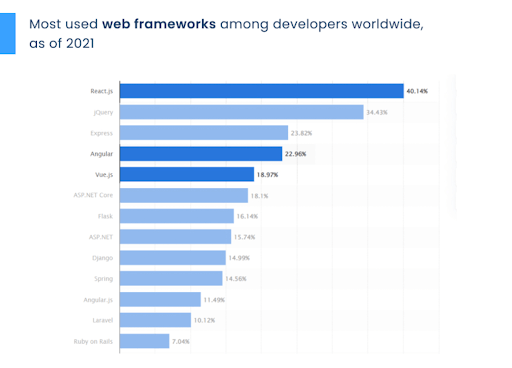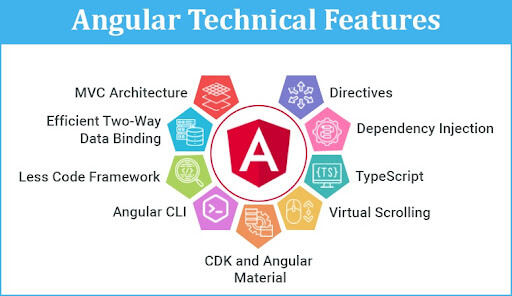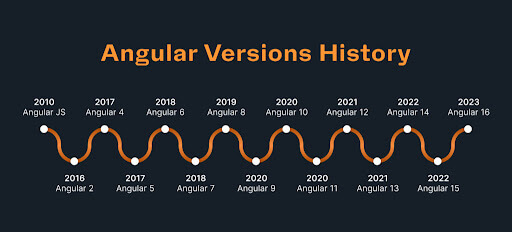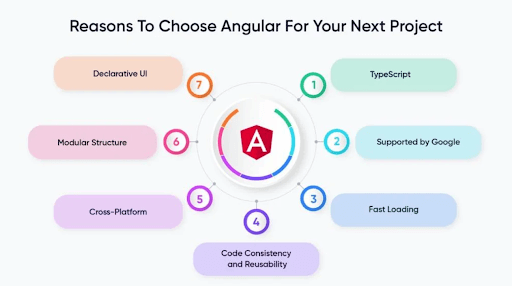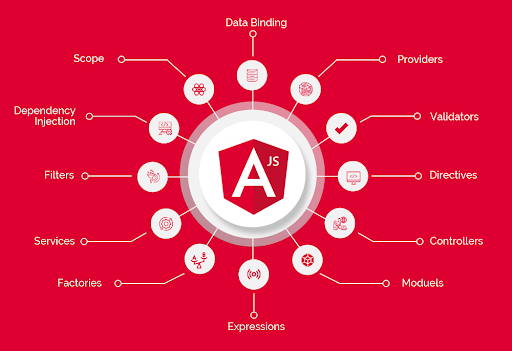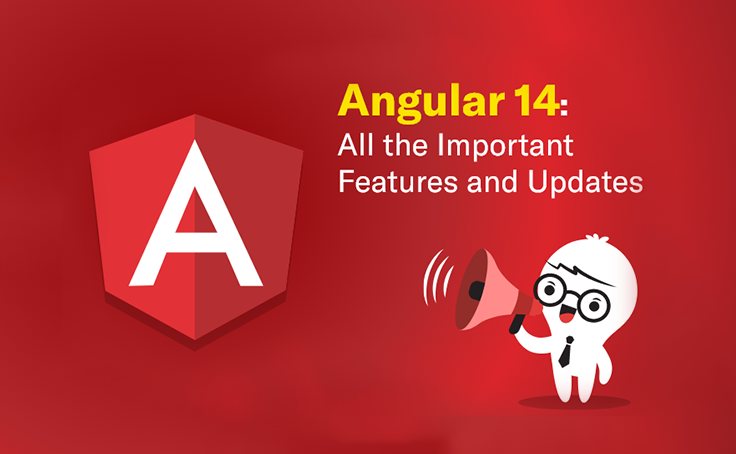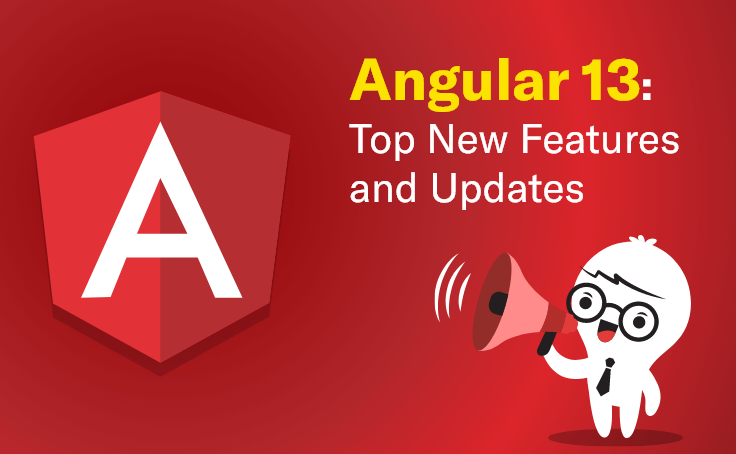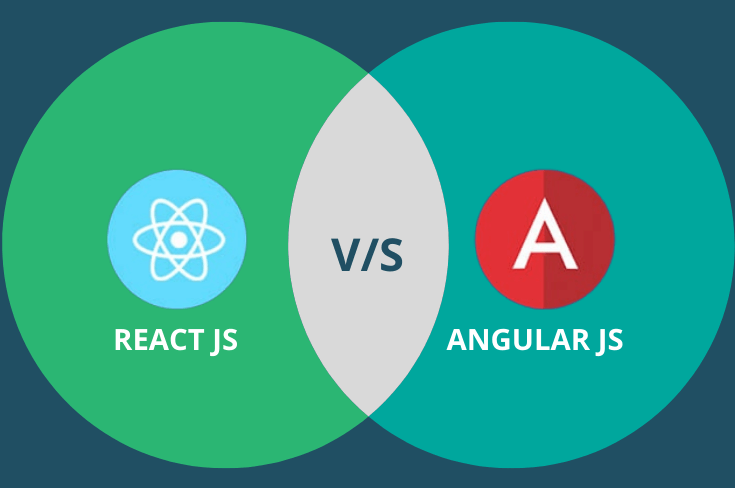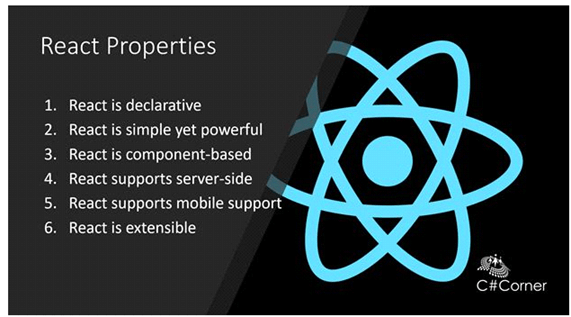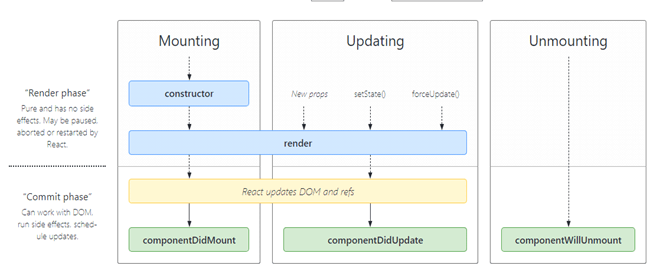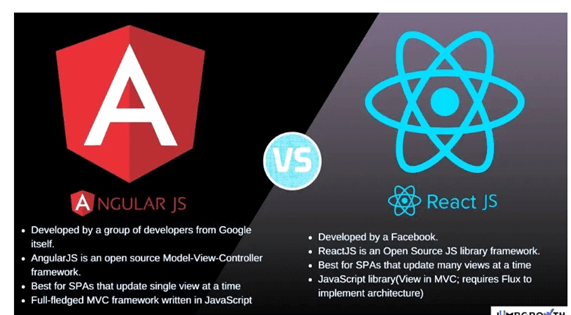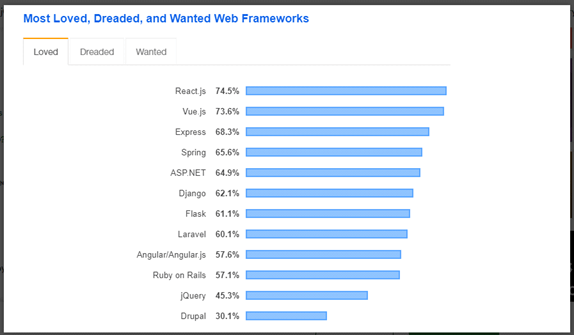JavaScript development is a vast ecosystem and choosing the right framework can be a difficult task. There are numerous JavaScript frameworks such as ReactJS, VueJS, NodeJS, Backbone.JS etc. Each of these frameworks have a unique set of features and advantages. However, the one that stands out as the best framework is AngularJS.
It is developed by Google and supported by a community of developers. It has emerged as a dominant force in the realm of front-end development. Features such as modular architecture, intuitive design, two-way data binding etc has enabled it to be the most important framework for modern web development.
In this blog post, we will unravel the key features and benefits of AngularJS Development and explore what sets it apart from other frameworks.
Introduction to AngularJS:
AngularJS, is a powerful JavaScript framework suitable for building dynamic web applications. It simplifies the development process by enabling developers with a comprehensive toolkit for handling data binding, DOM manipulation, routing etc.
AngularJS follows the Model-View-Controller (MVC) architecture which enables separation of concerns and better code organization. With the added features like two-way data binding, directives, services and dependency injection; it enables developers to create highly interactive and responsive web experiences.
Its robust testing support and vibrant community make it a popular choice for developers seeking to build modern, maintainable applications.
Key Features and Benefits:
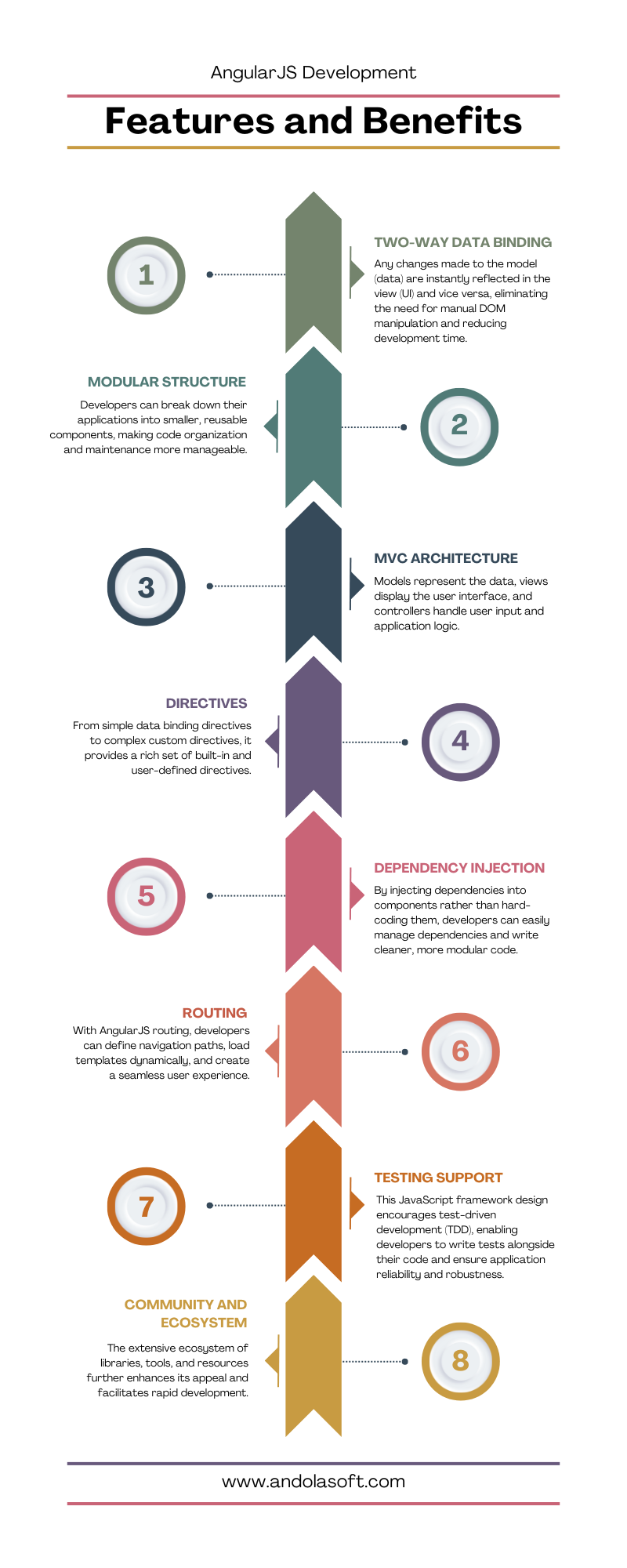 1. Two-Way Data Binding: One of AngularJS’s most notable features is its two-way data binding capability. This means that any changes made to the model (data) are instantly reflected in the view (UI) and vice versa, eliminating the need for manual DOM manipulation and reducing development time.
1. Two-Way Data Binding: One of AngularJS’s most notable features is its two-way data binding capability. This means that any changes made to the model (data) are instantly reflected in the view (UI) and vice versa, eliminating the need for manual DOM manipulation and reducing development time.
2. Modular Structure: It promotes a modular architecture through its dependency injection mechanism. Developers can break down their applications into smaller, reusable components, making code organization and maintenance more manageable.
3. MVC Architecture: AngularJS follows the Model-View-Controller (MVC) design pattern, which separates concerns and enhances code readability and maintainability. Models represent the data, views display the user interface, and controllers handle user input and application logic.
4. Directives: Directives in AngularJS extend HTML with custom attributes and behaviors, allowing developers to create reusable components and enhance code readability. From simple data binding directives to complex custom directives, it provides a rich set of built-in and user-defined directives.
5. Dependency Injection: Its built-in dependency injection system facilitates the development of testable and scalable applications. By injecting dependencies into components rather than hard-coding them, developers can easily manage dependencies and write cleaner, more modular code.
6. Routing: It includes a powerful routing mechanism that enables developers to build single-page applications (SPAs) with multiple views. With AngularJS routing, developers can define navigation paths, load templates dynamically, and create a seamless user experience.
7. Testing Support: It comes with comprehensive testing support, including unit testing and end-to-end testing capabilities. This JavaScript framework design encourages test-driven development (TDD), enabling developers to write tests alongside their code and ensure application reliability and robustness.
8. Community and Ecosystem: AngularJS boasts a vibrant community of developers, contributors, and enthusiasts who actively contribute to its growth and evolution. The extensive ecosystem of libraries, tools, and resources further enhances its appeal and facilitates rapid development.
Conclusion:
In conclusion, AngularJS development has become the most effective JavaScript framework for its rich feature set, robust architecture and developer-friendly approach.
Be it for small-scale application or larger enterprise solutions, the JavaScript framework empowers you to create dynamic, scalable and maintainable web applications with unparalleled efficiency.
With its continued advancements and strong community support, it remains at the forefront of modern web development, driving innovation and pushing boundaries in the digital landscape.
If you are looking to develop engaging AngularJS applications you need to hire expert AngularJS development companies. Andolasoft is your go-to JavaScript application development partner to create engaging apps for your business.

